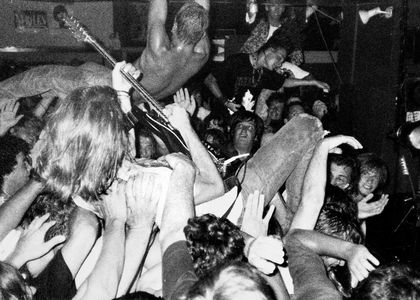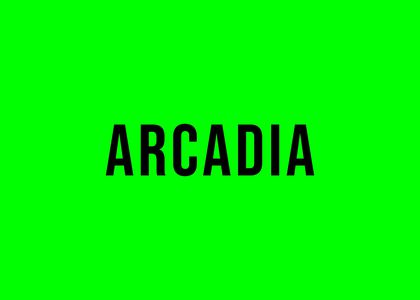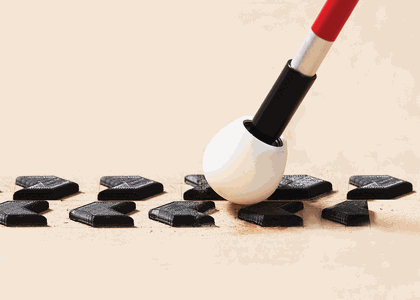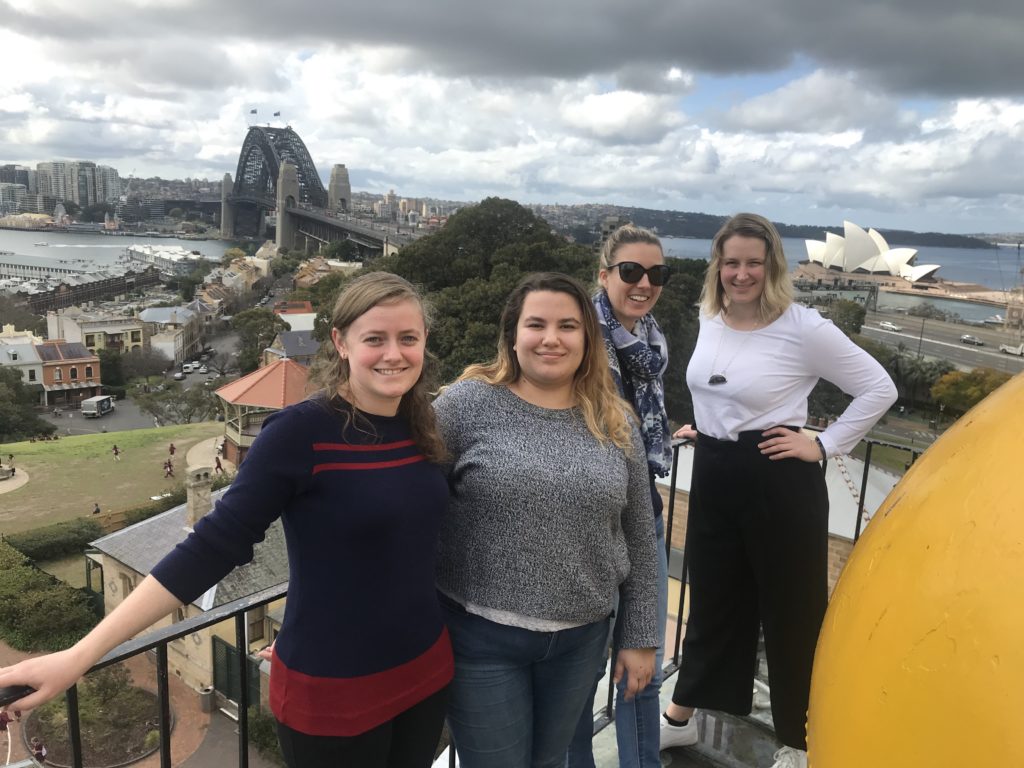
As a communication student majoring in Journalism and International Studies, I am not your typical museum intern. I applied for an internship at MAAS after a guest lecture by one of the Museum’s curators, who encouraged anyone with an interest in the communication of history or science to apply. I have always been fascinated by history and began my journalism degree with the intent to one day create historical documentaries, so could not let this amazing opportunity pass. During my time at the museum, I have learnt that, as well as holding a wealth of historical artefacts, the Museum’s collection and exhibitions cover a wide range of topics that tell the story of human innovation and social development.
I can recall countless trips to the Museum with my grandmother and siblings. I remember recording our own VHS in the Special FX: secrets behind the screen exhibition in the early 2000’s, and entering the Transport Hall to marvel at the Central Station indicator board and count the number of stations we had passed on our way into the city that day.
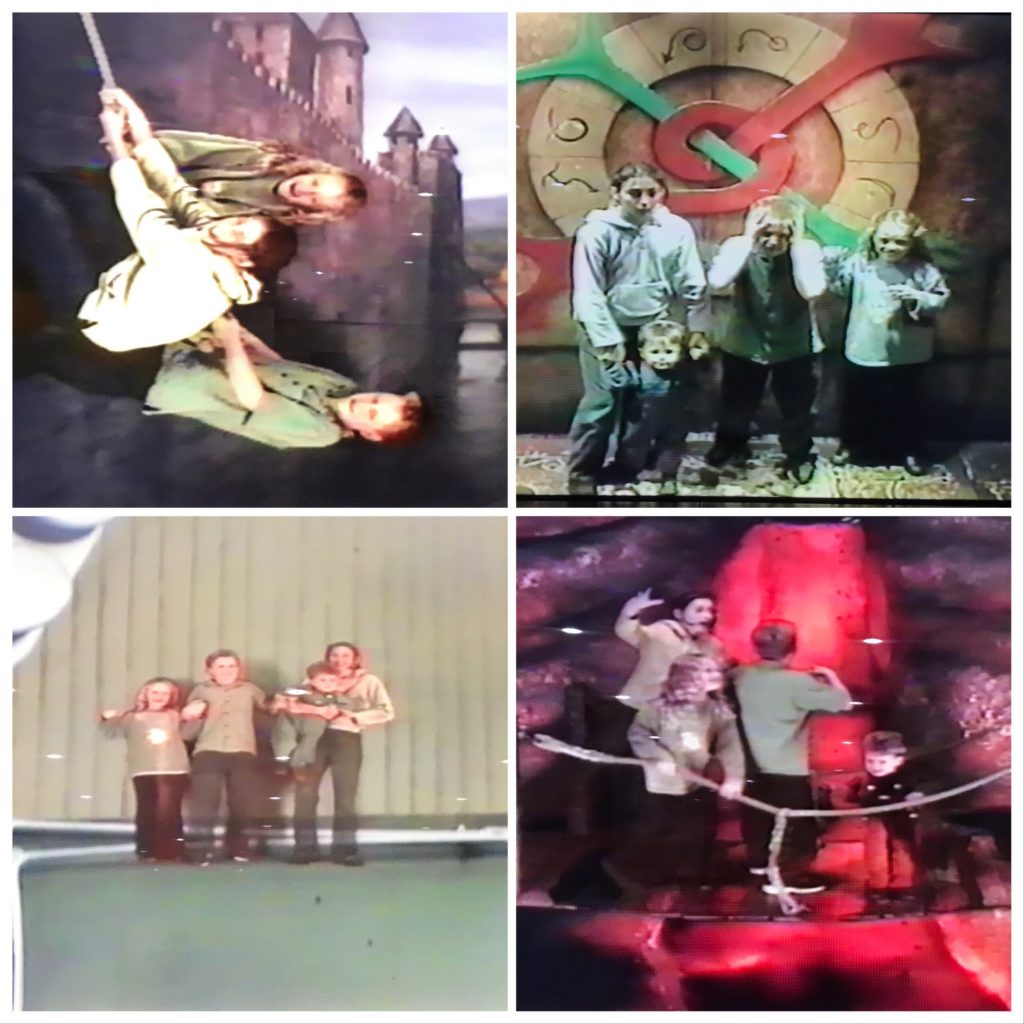
MAAS was always a place of wonder for me, and exploring the Museum during my internship one day, I realised that wonder remained as an adult. Inside the King’s Cinema, I was treated to a performance on the Fotoplayer, an early 20th-century invention made to accompany silent films. The Fotoplayer is a self-contained orchestra inside a large piano with leather pulleys and buttons which make the internal instruments sound. The most amazing and magical thing to me however, as an ex-piano student, was that the piano keys played themselves! Another thing that amazed me walking into The Wiggles exhibit was seeing the same Dorothy the Dinosaur mug from my kitchen cupboard sitting in a display case.
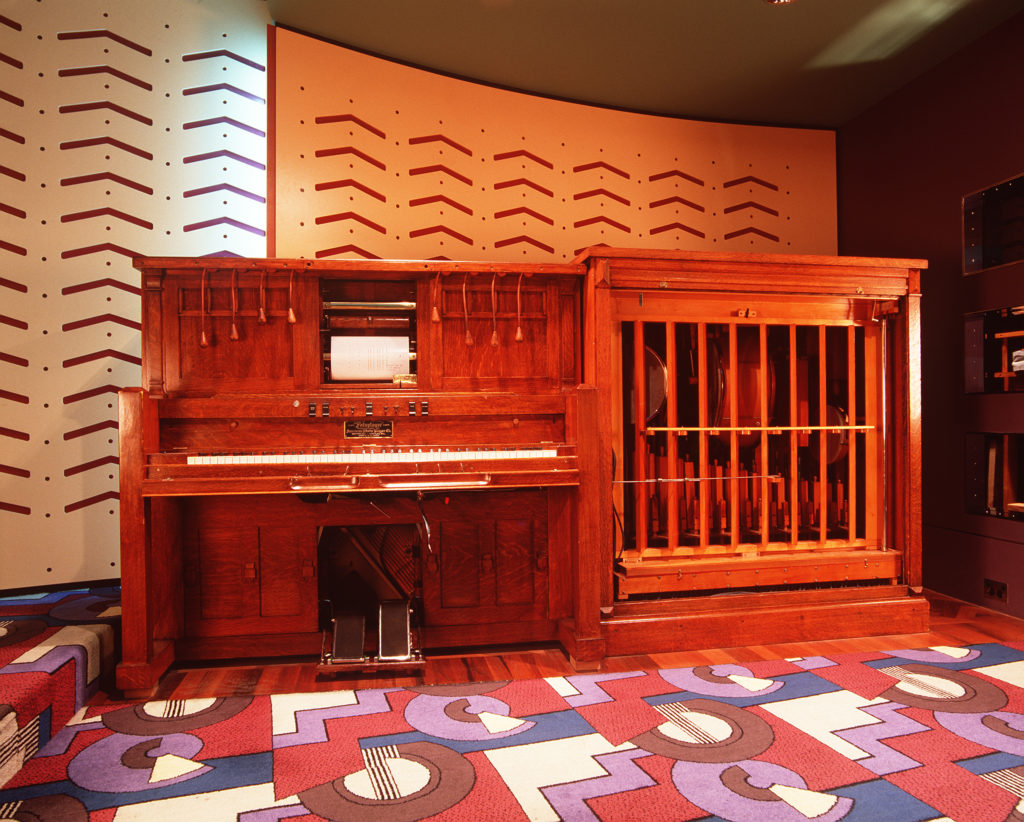
For my internship I was placed within the Curatorial team. While this may seem an odd placement for a Journalism student, the Curatorial team holds some of the Museum’s key storytellers and in that way bears many similarities to the kind of journalism I hope one day to pursue. Curators share the Museum’s stories through writing exhibition text and publications about the collection, as well the Museum blogs and Online Collection (where the public can access all 500,000 objects of the Museum’s collection). Throughout my internship I focused on the Inside the Collection blog which covers a range of topics from arts, science and design to exhibitions and a peek behind the scenes.
First, I categorised blog posts from Inside the Collection into eight broad topics and refined the keyword tags (which you can see under the ‘Tags’ heading at the bottom of each post). This meant that posts with similar content were grouped together to make navigation easier for readers, and help them to find other posts they might be interested in. In addition, this helps improve the blog’s automatic recommendations for related posts, which appear at the bottom of each page. For example, at the bottom of this page you will find some suggested posts which are also by other interns. I recommend checking them out, and should you want more they can also be found in the Behind the Scenes category. Over five weeks I categorised approximately 700 posts.
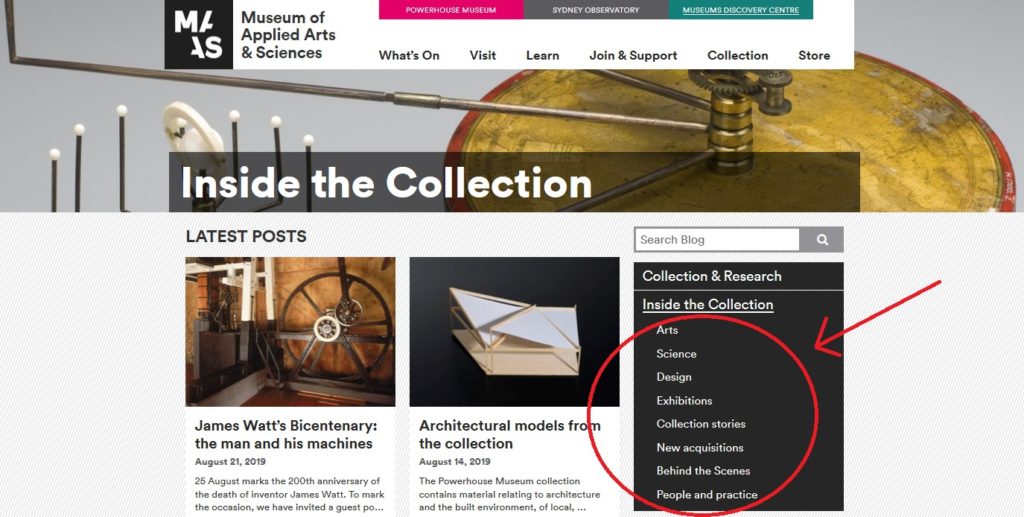
My second area of focus was improving image accessibility for people who are blind or have low vision, allowing all audiences the opportunity to experience what the Museum has to offer. This was done through something called alternative text (alt text). Alt text is something I have learned should be attributed to every image online. It describes the appearance of the objects, people and/or drawings and text found within an image and is read out by screen reader software. This software reads all the text on a page, including image captions, so it’s important to remember that should be different from the caption (not a duplication as many people do) and should be filled with meaningful and useful information for the reader.
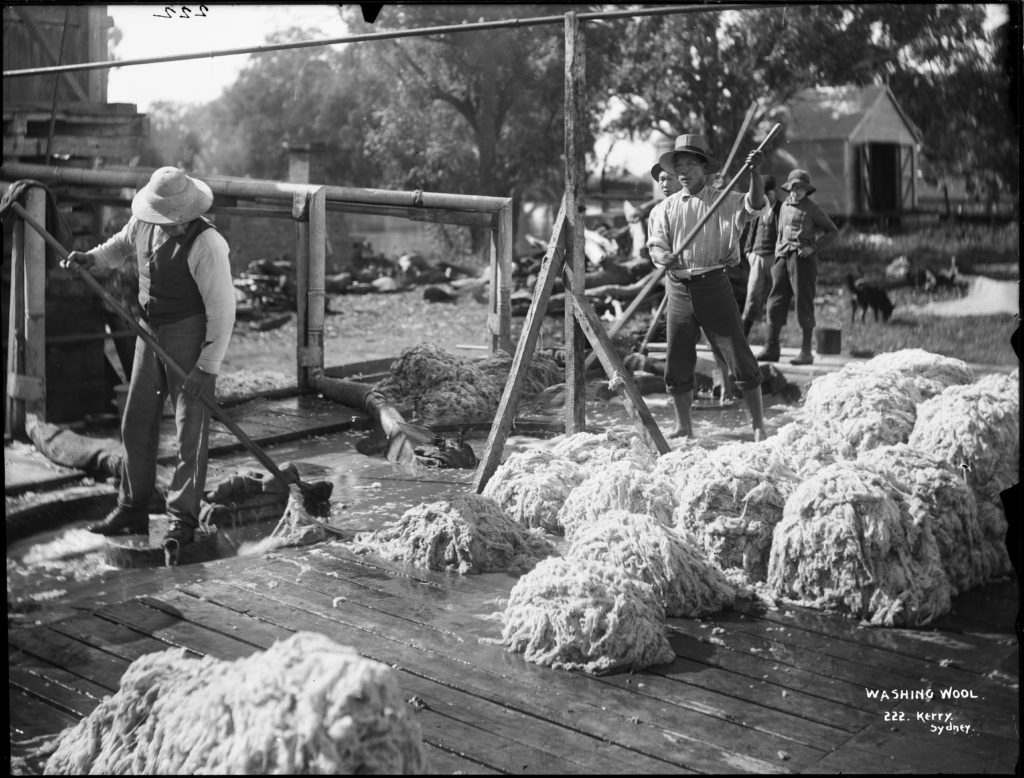
With guidance from my supervisor, Assistant Curator Sarah Reeves, I produced a set of alt text guidelines for the museum staff, to help explain how to write good alt text to make their blog posts more accessible. I then put these guidelines into practice publishing the alt text for images found in the museums ten most popular blog posts. This was a long process full of discussions, re-writes and searching bizarre terms such as “car seat stitching with buttons” in order to get the descriptions as accurate and vivid as possible (I now know this is called button-tufted stitch!).
During my time here, I also met with Mark Harding, Digital Communications Advisor in the Museum’s Communications team. Mark showed me how much careful planning and thought is given to each part of the Museum’s public communications to create content that will appeal to its many visitors and their varied interests, to ultimately reach the right audience. He also introduced me to the Museum’s array of social media pages and the tools used by the Museum to manage these when communicating with our visitors. Overall my internship at MAAS has given me a greater appreciation for the sheer amount of work that occurs behind the scenes to sustain the wonder that I – and I’m sure many others – feel when entering the Museum. Being here has also shown me another way to incorporate my love for history and communicating it into my Journalism degree should those documentaries not work out!
Written by Helena Rainert, Curatorial Intern
August 2019
